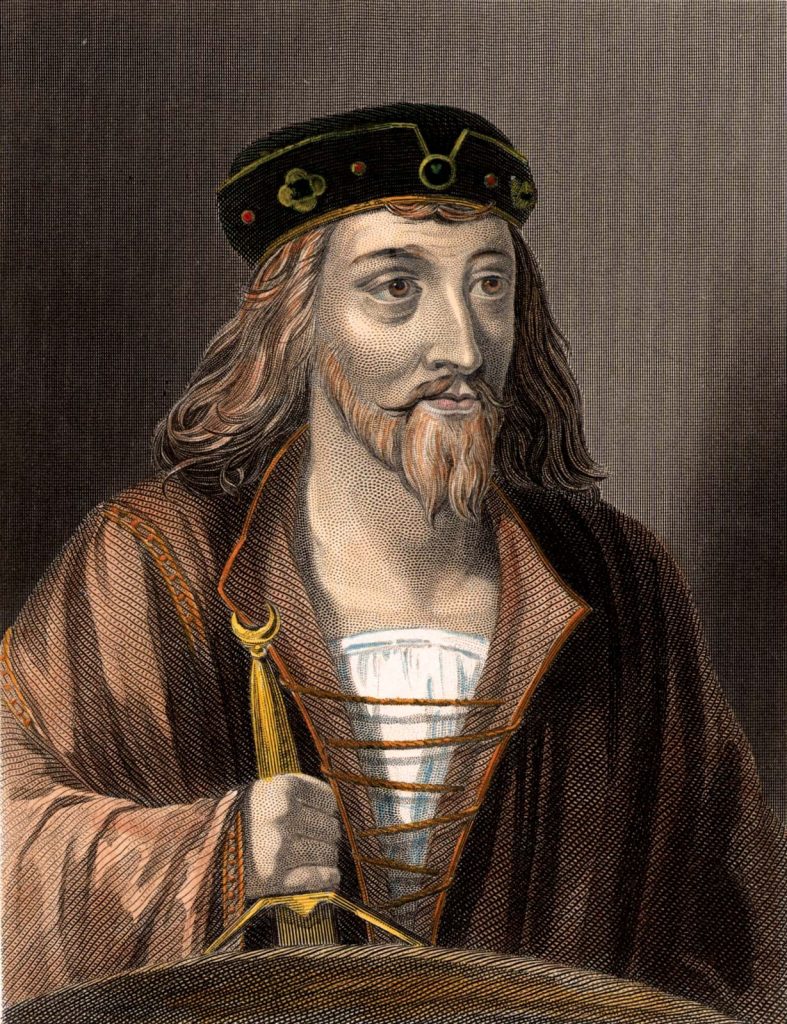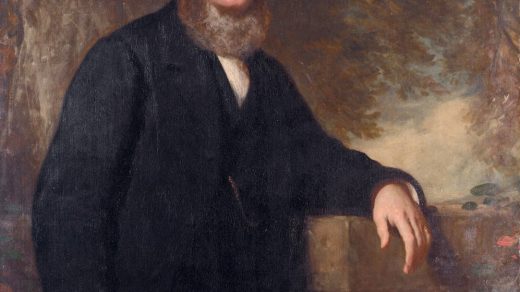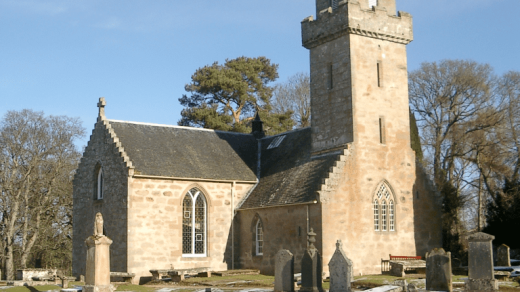The turbulent life of James I started as it meant to go on. In 1406 James’ father, King Robert III, fearing for his infant son’s safety as internal factions vied for control of the kingdom, attempted to send the child to safety in France. The plan backfired disastrously as the boat was intercepted by the English and James, future monarch of Scotland, was taken captive. Robert, already an ill man, is said to have died from the shock on hearing the news. For the next 18 years, James would be a prisoner of the English king, Henry IV (and later Henry V).
During this absence, the Scottish court was dominated by James uncle, Robert Stewart, 1st Duke of Albany. The Duke resolutely refused to pay the ransom demanded by the English for the return of James. While the Albany Stewarts prospered, the captive James enjoyed life at the English court and plotted revenge on the Albany Stewarts.
During his years of captivity, James pursued his cultural passions. It was during this time that James wrote poems such as The Kingis Quair and Good Counsel. At the English court, James received an education befitting a king and by the time of his release, James was well-schooled in matters of philosophy, theology and law. James also brought a different type of architecture back to Scotland with him. James was instrumental in the building of Linlithgow Palace – a royal residence that was designed to be decorative rather than defensive in nature.
It was only on the death of Robert Duke of Albany that James’ ransom was finally paid. In 1424 James finally returned to Scotland to wreak his revenge on the Albany Stewarts, executing the leading members of the family. From observing life at the English court during his captivity, James tried to reform Scotland along similar lines. His works in changing financial and political arrangements were effective in modernising Scottish procedure but not always popular. In his absence, and under the influence of the Albany Stewarts, a culture of greed and corruption had bred. James the new brush was sweeping too clean.

The biggest challenge faced by James, however, was the enduring question of the legitimacy of his right to be king. James’s grandfather, Robert II, had married twice and had numerous children. The children from the first relationship (from which James was descended) were widely held to be illegitimate. The question of the validity of James’s rule became increasingly heated until it finally resulted in open rebellion.
A faction of the Scottish nobles who supported the claims of the offspring from Robert II second marriage attacked the king while he stayed at Friars Preachers Monastery in Perth. In a desperate attempt to escape James smashed through the floorboards of his apartment and leapt into the sewers. In a cruel irony, days earlier James had ordered the sewers blocked to stop his tennis balls from being lost in them. The assailants caught up with him and stabbed him to death. James’ queen, Joan escaped with their son, James, to Stirling Castle.



